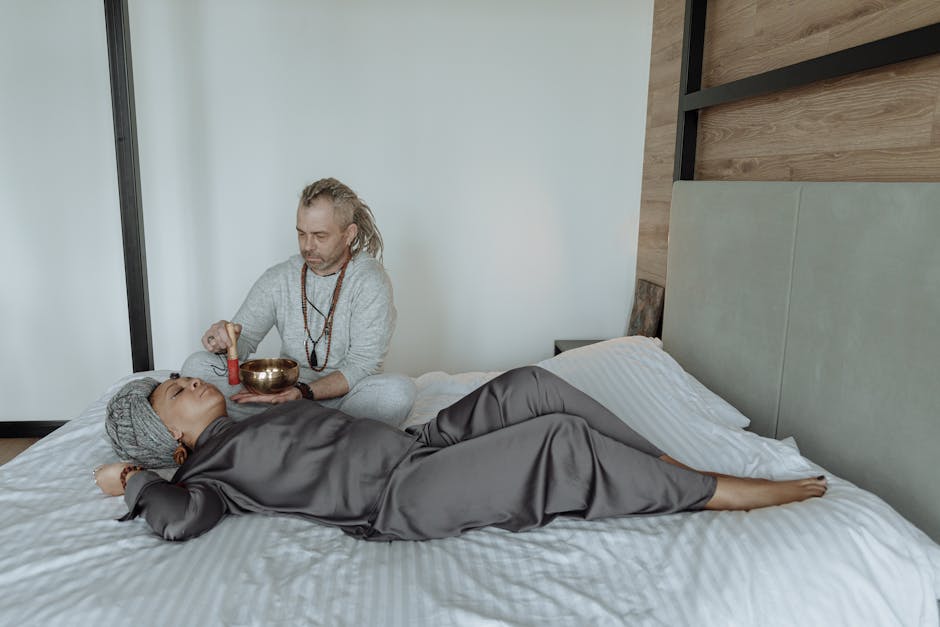Migraine Therapy Options Nearby: Explore Effective Treatments
If you've ever experienced a migraine, you know it's not just a headache. It's that relentless, pounding pain often accompanied by nausea, sensitivity to light and sound, and sometimes even visual disturbances that can derail your entire day, or more. Finding effective treatment can feel like searching for a lifeboat in stormy seas. The good news? There are numerous therapy options nearby that may help you reclaim your life from the grip of migraines.

Understanding Your Migraine
Before diving into treatments, it’s important to understand what might be causing your migraines. A migraine isn’t a one-size-fits-all condition. Triggers vary widely from person to person, anything from hormonal changes, stress, and certain foods to environmental factors and genetics could be at play. To make matters more complicated, migraines come in different forms: aura migraines, chronic migraines, and tension-related migraines, to name a few.
Take Sarah, for example. She noticed her migraines always struck after skipping lunch or during particularly stressful work weeks. After consulting with her doctor, she learned her diet and lifestyle were triggering the attacks. Recognizing these patterns helped her target treatments that worked best for her situation. For many like Sarah, identifying triggers is the first step toward effective management.
Over-the-Counter and Prescription Medications
For some people, over-the-counter medications like ibuprofen or acetaminophen can help manage mild migraines. But let’s be honest, if you’re dealing with severe or frequent migraines, these may not cut it. In such cases, prescription medications become key players.
Triptans are a common choice for acute migraine relief. These drugs work by constricting blood vessels and blocking pain pathways in the brain. Medications such as sumatriptan and rizatriptan have been shown to help reduce symptoms when taken at the onset of a migraine attack. On the preventative side, beta blockers like propranolol or anti-seizure medications such as topiramate may be prescribed to reduce the frequency of attacks.
One promising development is the availability of CGRP inhibitors (medications like erenumab and fremanezumab) that target specific proteins involved in migraine development. These treatments have been hailed as breakthroughs for chronic sufferers who haven’t responded well to traditional therapies.
Non-Medication Approaches
If you prefer to steer clear of pharmaceuticals or want to complement your medication regimen, non-drug therapies could be worth exploring. Cognitive Behavioral Therapy (CBT), Is increasingly being used to help patients better manage stress, one of the most common migraine triggers.
Biofeedback is another fascinating option. This technique uses sensors to teach you how to control bodily functions like muscle tension and heart rate, which can help mitigate migraines. Think of it as training your body to stay calm under pressure, like teaching a stormy sea to settle into gentle waves.
Acupuncture has also shown promise for some sufferers. While the thought of needles might make you cringe, studies suggest this ancient practice can reduce both the frequency and severity of migraines for certain individuals.
Emerging Therapies: Devices and Procedures
The last few years have brought exciting advancements in migraine treatment devices that are worth considering if traditional approaches haven’t worked for you. Neuromodulation devices, Use electrical or magnetic stimulation to target nerves associated with migraines.
The Cefaly device is one such option, it’s a headband-like gadget worn on your forehead that delivers small electrical impulses designed to reduce migraine frequency. Similarly, gammaCore is a handheld device that stimulates the vagus nerve through mild electrical pulses applied to the neck area.
For those with chronic migraines unresponsive to other treatments, botulinum toxin (Botox) injections have become an FDA-approved option. While Botox may be better known for smoothing wrinkles, it’s also effective in preventing migraines by blocking neurotransmitters that carry pain signals.
Holistic Lifestyle Adjustments
Sometimes small changes in daily habits can lead to big improvements in managing migraines. Staying hydrated might seem like basic advice, but dehydration is a sneaky trigger many overlook. Similarly, sticking to consistent sleep schedules can prevent those unwelcome attacks caused by poor rest patterns.
If you’ve ever kept a food diary or tried elimination diets, you know just how powerful diet can be in uncovering triggers like caffeine or processed foods containing nitrates. Exercise is another simple yet impactful tool, regular physical activity can lower stress levels and improve overall health while reducing migraine frequency over time.
Your Next Step
If you're feeling overwhelmed by all these options (and who wouldn’t be?), start by having an honest conversation with a healthcare provider familiar with migraine management. Many local clinics now offer specialized care plans tailored specifically for migraine sufferers, no two cases are exactly alike! You might even find programs incorporating multiple approaches: medication paired with CBT or neuromodulation devices alongside dietary counseling.
The bottom line? Relief from migraines often comes through trial and error as you piece together what works best for your unique circumstances. Don’t hesitate to explore the available therapies nearby, you may find that life without constant headaches is closer than you think!
